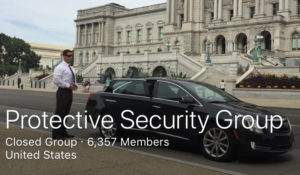General Residential Security Guidelines & Recommendations
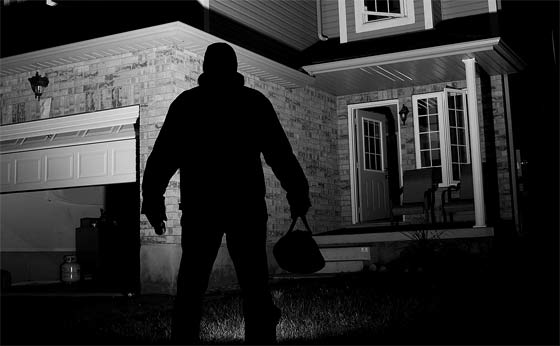
According to the FBI, a home burglary occurs every 13 seconds in America, as many as 2,000,000 homes are burglarized each year and 30 percent of all burglaries are through an unlocked window or door. Additionally, homes with no security measures in place are 300% more likely to be broken into. These statistics should be alarming to most Americans, and therefore we have decided to publish the guidance within this article for the benefit of all those concerned. Another consideration for the timing of this article is the highest percentage of burglaries occur during the summer months.
Read the full article featured in The Circuit here: Residential Security Recommendations
For most people, the consideration for an in home security system or at least some type of countermeasure derives from the concern for protecting themselves and their assets. Assets can be the valuable property within their home or apartment, or perhaps the most valuable property of all – their family. Given those considerations and the importance of protecting those assets, the residual risk equation of R = T x A x V (where R is risk, T is threat, A is asset and V is vulnerability) the threat (likelihood of a break in in your neighborhood) is almost irrelevant as the asset is so important to you that you cannot accept any vulnerability and some sort of security countermeasure should be put in place. This is not to say that every American should welcome a door-to-door security salesman into their home and sign the first contract they are presented for a cookie- cutter security system – that is not at all what is recommended in most cases. In fact, given statistical analysis of break-ins across America as well as surveys of incarcerated burglars, the top two deterrents that kept criminals from burglarizing a home were general visibility (to include lighting) and sound (alarms, dogs, etc.) Another strong form of deterrence is a sense of ownership and territorial reinforcement; so in a way the most inexpensive and unobtrusive piece to your home physical protection system is a proudly displayed American flag out front.
–
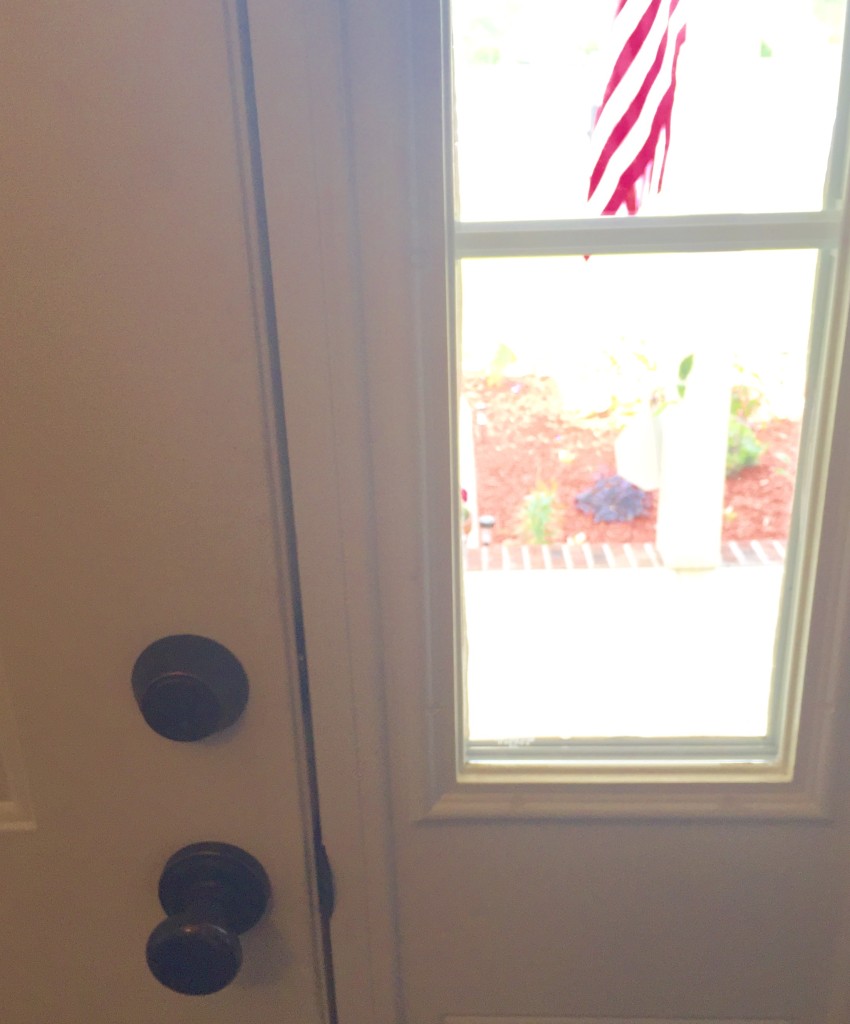
My Front Door – Note Double Dead-Bolt near window and American Flag.
–
Below are the most cost-effective methods to deter criminal acts and keep your assets safe.
1. Increase Deterrents
-Warning signs can be displayed around the perimeter of your home and property to warn intruders of what security treatments have been implemented to reduce opportunities for crime. If nothing else, the presentation of control is sometimes all that it takes to deter a criminal act.
-Security (motion) lighting can be installed around the perimeter of the property, particularly over access points, to provide more effective illumination during the hours of darkness; timers can be programmed to turn the lights on and off in a rational cycle when away for a prolonged period.
–
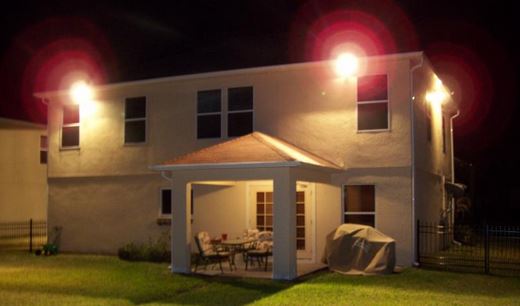 Motion Lighting
Motion Lighting
–
-Contact sensors are also a useful tool as most would-be burglars visually check for them prior to a break in. Do-it-yourself kits can be inexpensively installed, and although they may not initiate emergency response (which is recommended they do), their presence and perceived capability to do so can deter a break in.
-Surveillance systems and home monitoring systems have the same effect and project the same “sphere of influence” around your property, defining what is yours, and deterring crime through the fear of being recorded with the additional fear of “what other systems do they have?”
–
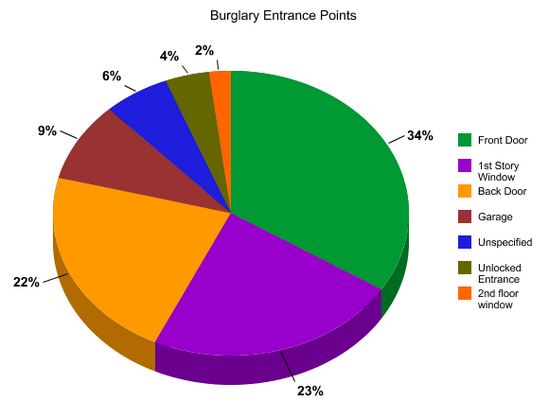
–
“I would kick in the door rather than break glass. Loud bangs are better than loud glass breaking, plus you run the risk of getting cut,” said one inmate. Read more: We asked 86 burglars how they broke into homes
2. Decrease Attractants
-Mail and newspaper deliveries can be stopped or arrangements made for a neighbor or friend to pick them up as to not give notice to a would-be burglar that you are out of town. The same goes for social media posts – wait until you return to post vacation pictures and do not post your plans prior to travelling.
-Bicycles, grills, lawn mowers, and other garden resources can be stored in a locked garage or shed, or if left out in the open they should be locked to an immobile fixture.
-Shrubs and trees can be pruned away from sidewalks, driveways, porches, doors, windows, and gates to eliminate hiding places and increase visibility to and from the street.
-If they must be there, bushes under windows can be pruned below the sills and tall bushes should be pruned from the ground up to expose feet and legs.
-Tree limbs and branches can be pruned upward at least six feet to open a clear field of view both onto and out from the property.
-Knowledge of who is home or away should not be discussed to strangers on the phone or otherwise.
-Overhanging branches can be trimmed to prevent burglars from using them to access other parts of the property, e.g. using a tree to get to an upper level of the house.
-Fences and gates should be see-through. Privacy fences provide privacy for residents AND burglars. Gaping wooden slats enhances visibility.
-Windows, fences and gates should be regularly maintained to maximize their effectiveness and ensure their good working order. Reduced maintenance elevates the risk for targeting.
–
–
3. Access Point Hardening
-Strike plate mounting screws should be checked for solid engagement in the door frame and 3″ * screws should be used to mount the plate (*most plates come with 3/4″ screws; if 3″ does not fit, use the longest possible screw)
-Fences can be used to define the property boundaries and restrict access to the property.
-Consider the use of self-closing gates and lock sets.
-Ladders and other equipment that could be used for climbing should be secured.
-Gates, garage and shed doors should be locked after every use with a high security padlock with a protected shackle or a disc lock to hinder bolt cutters.
-All exterior doors should be solid core or metal cased, with deadbolt lock(s) keyed on both sides, reinforced strike plates, and guard plates to hinder prying.
-The garage door can be fitted with a strong security lock, preferably fixed into the floor.
-Any windows should be secured by a secondary lock, or a barrier in the window track.
-Extra keys are retained with a trusted neighbor and never hidden under a doormat or anywhere outside the house.
–
Cyber Security 101: Securing Your Home
–
-Breakable glass access points or within 40” (arm’s reach) of a lock or asset can be mitigated by the application of glass security laminates or break resistant glass. Additionally, a double sided deadbolt should be installed in these locations.
-Sliding glass doors need extra security against prying and lifting. A charley bar or an old broom handle can prevent opening. Three screws into the top track, backed out to just clear the top of the door, will prevent lifting.
-A safe must be selected based upon its intended function – a document safe is intended to protect against fire, a security safe is designed to protect valuables, etc. and should always be well concealed, fixed to the floor or embedded in foundations.
–
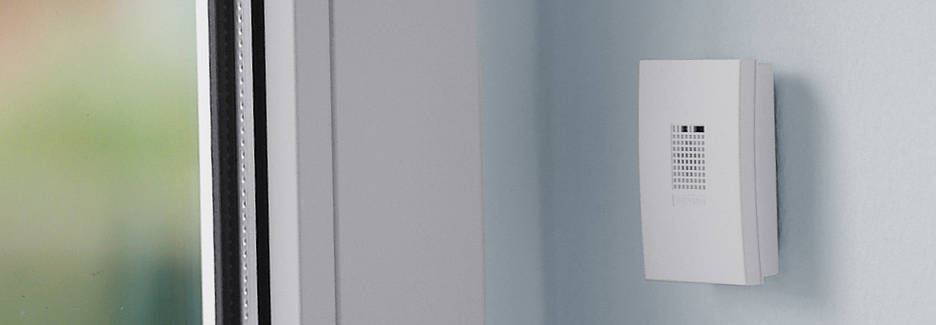
Glass Break Detector
–
4. Initiating & Enabling Emergency/Police Response
-The most effective aspect of a ‘monitored’ alarm system is it alerts your security company and emergency services of intrusions, fire, carbon monoxide, etc.
-Window break sensors (barometric, audio or shock) should be installed; while most criminals do break-in through a door, windows can also be used as a point of entry and are commonly used to unlock the door used for entry.
-Consider having a peephole or monitor installed on the front door to identify visitors at the door.
-The street number should be prominently displayed at the front of your home and visible at night and from a rear alley (if applicable) to enable emergency services to identify your home.
-Serial numbers of electronics such as flat screens, laptops, desktops, audio components, firearms, cellular devices, lawn equipment, bicycles and any other valuables with identifying numbers should be recorded. Take digital photographs of valuables, especially jewelry and collectibles without serial numbers.
-The whole family should be aware of what to during emergencies, break-ins, etc.
-Communication should be available in designated safe areas, safe rooms, etc. with emergency number and emergency contacts stored into the phone and/or written next to it.
–
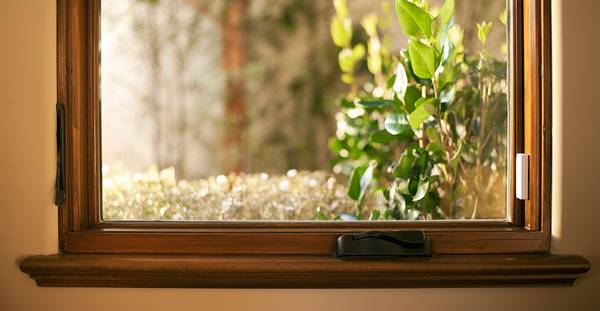
Window Contact Sensors in View
–
If there are any questions regarding these recommendations, please do not hesitate to contact us. We will be happy to address your concerns, and answer any questions you may have about protecting your home.
–
Click here to download as a PDF:
General Residential Security Recommendations
–
———————————————————
Joseph M. LaSorsa, CPP® is currently employed as a senior partner managing and conducting: Protective Operations Training Courses, Executive Protection & Bodyguard Services, Risk Management Consultations & Seminars, Workplace Violence Prevention Seminars & Intervention Services, Security Consultations & Seminars, Private Investigations and Technical Surveillance Counter-Measures with LaSorsa & Associates – an International Protection, Investigations & Consulting Firm.
https://www.linkedin.com/in/josephmlasorsa
–


